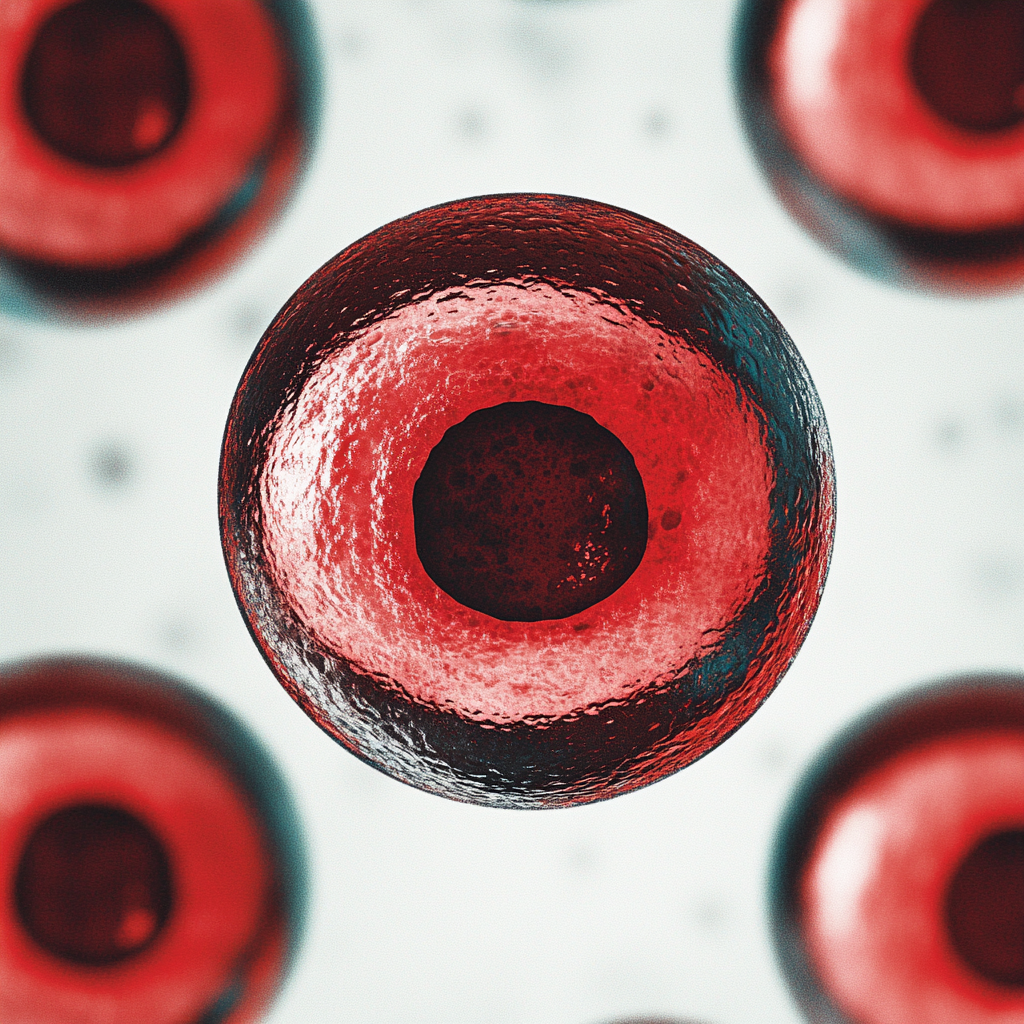Clin Oral Investig. 2025 Jul 5;29(7):372. doi: 10.1007/s00784-025-06450-x.
ABSTRACT
OBJECTIVES: This study aimed to compare the clinical efficacy of a novel apical barrier technique (N-ABT) and a traditional apical barrier technique (T-ABT).
MATERIALS AND METHODS: A randomized controlled clinical trial was conducted. Forty-seven patients with 50 teeth meeting the inclusion criteria of large root canals and incompletely developed apical foramina were enrolled. Teeth were randomly assigned to either the N-ABT or T-ABT group in a 1:1 ratio and were followed for 24 months. N-ABT employed 3D printing technology to design personalized pluggers and to calculate the precise volume of barrier material, while T-ABT used a standard commercial plugger without volume control. Randomization was performed using a computer-generated sequence, and the study was conducted in a single-blind manner.
RESULTS: A total of 45 teeth completed the 24-month follow-up (22 in the N-ABT group and 23 in the T-ABT group), with no significant adverse events reported. All cases were considered clinically successful, defined by the absence of symptoms and a reduction in apical radiolucency. Success was further classified as healed (complete disappearance of apical radiolucency) or healing (reduction in apical radiolucency). At the 12-month follow-up, the N-ABT group showed a slightly higher healed rate (22.7% vs. 17.4% in the T-ABT group), and at the 24-month follow-up, a trend toward a higher healed rate was observed (68.2% vs. 47.8% in the T-ABT group), although the differences were not statistically significant. However, N-ABT significantly improved filling efficiency by reducing the number of obturation attempts from 1.41 ± 0.50 to 1 and the filling time from 99.31 ± 25.08 s to 38.78 ± 15.56 s. Additionally, N-ABT significantly increased the no overfilling rate from 8.7 to 40.9%.
CONCLUSIONS: N-ABT clinically improve clinical outcomes (> 20%) during the observation period, it also demonstrated enhanced filling quality and efficiency and reduced technical sensitivity.
CLINICAL RELEVANCE: The novel apical barrier technique demonstrated superior filling quality and efficiency compared to the traditional apical barrier technique, reduced technical sensitivity, and showed potential for future automated filling procedures, enhancing clinical applicability.
CLINICAL TRIAL REGISTRATION: This study was registered on www.chictr.org.cn (Identifier: ChiCTR2200058635;Trial title: Personalized Root Canal Barrier Technique Using 3D Printing Technology).
PMID:40616689 | DOI:10.1007/s00784-025-06450-x
